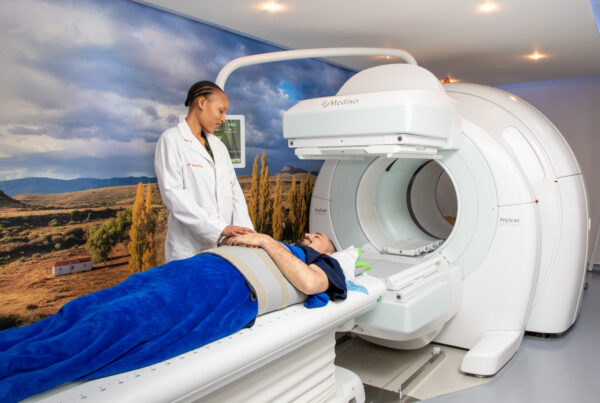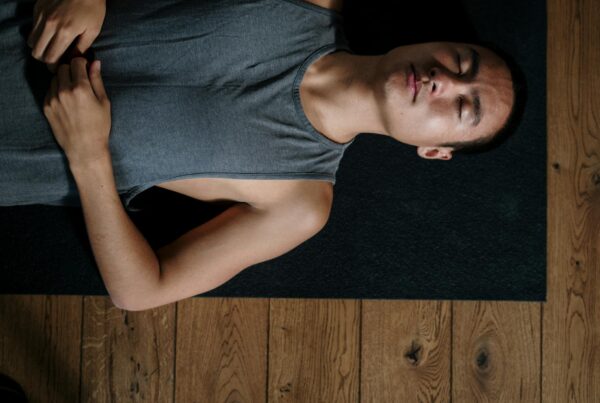Most of us know what it’s like to suffer from debilitating headaches. Sometimes, they stop us from being able to function entirely. For many women, these headaches are associated with their menstrual cycle. However, there are many different types of headaches and not all headaches are migraines. So, how can you tell the difference between a stress or tension headache and a migraine?
What is a migraine?

Photo by Andrea Piacquadio from Pexels
Nowadays, we tend to use the term “migraine” as a sort of catch-all. It tends to be used when talking about suffering a debilitating headache. But it’s important to remember that migraines are a very specific type of headache. All sorts of things can cause severe headaches, and a stress headache can feel just as severe as a nasty migraine. The important thing is being able to tell them apart.
A migraine is a neurological (related to the nervous system) condition. They can be characterized by a wide variety of signs and symptoms which makes them all the more difficult to pin down. Mostly, however, they are singled out by the onset of a “debilitating headache”. Other common symptoms “include nausea, vomiting, difficulty speaking, numbness or tingling, and sensitivity to light and sound”. They are unfortunately genetic and can affect people of all ages.
In order to diagnose a migraine, doctors look at a combination of medical history and symptoms. Most doctors will also run tests to rule out any other condition as well before diagnosing a migraine. Statistically, women are more likely than men to suffer from migraines.
Different Types of migraines
There are essentially two core types of migraines, with or without an aura. The migraine without the aura used to be referred to as the ‘common migraine’ and the one with the aura was referred to as a ‘classic migraine’.
Migraine without aura: This used to be called the ‘common migraine’ because most people who experience a migraine don’t experience an aura. This is a headache that mostly lasts for between 4 and 72 hours without treatment.
At least two of these characteristics will be present:
- Occurs only on one side of the head
- Pulsating pain
- Moderate to severe level of pain
- Pain increases during movement
At least one of these characteristics will be present
- Sensitivity to light
- Sensitivity to sound
- Nausea (vomiting and diarrhea may or may not be present)
Migraine with aura: This used to be referred to as the ‘classic migraine’ and only occurs in around 25% of migraine sufferers.
At least one of these characteristics will be present:
An aura that disappears after a headache
- Visual problems
- Sensory problems
- Speech impediment
- Weakness or difficulty moving
- Eye problems
- Brain stem related symptoms (eg: vertigo, tinnitus, double vision).
What can cause a migraine?
At the moment, there is no definite cause when it comes to migraines. There are however many factors that could contribute to the onset of a migraine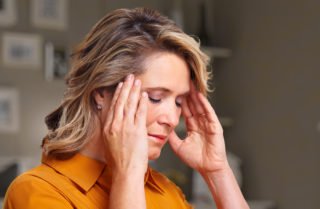 . One of the major factors is a decrease in the chemical serotonin. Serotonin, also known as the happy chemical is the hormone that stabilizes the mood.
. One of the major factors is a decrease in the chemical serotonin. Serotonin, also known as the happy chemical is the hormone that stabilizes the mood.
Other than a decrease in serotonin, a migraine could also be brought on by:
- Bright lights
- Severe heat
- Severe cold
- Dehydration
- Hormone changes
- Excess stress
- Certain medications
- Loud sounds
- Skipping meals
- Smoking
- Physical activity
- Alcohol use
- Caffeine
- Food additives
Basically, they could be triggered by almost anything. This is why often, your doctor will recommend that you keep a journal which details what you were doing just before the onset of the headache. This can aid in isolating a specific cause which will allow you to either reduce or remove the trigger.
Signs and Symptoms
Unfortunately, migraines have an extremely wide variety of signs and symptoms which can make them difficult to diagnose. Commonly though, with migraines, symptoms like food cravings, feelings of negativity and depression, fatigue, irritability, and neck stiffness will all occur around two days before the headache starts. If you’re a woman, you are likely thinking that this sounds an awful lot like PMS (premenstrual syndrome), and that’s because it is. This phase is known as the ‘prodome’ stage.
A migraine with an aura will occur after the prodome stage and may cause problems with your “vision, sensation, movement, and speech”. You might struggle to speak clearly and sound like you are slurring your words, see shapes, light flashes, or bright spots, or even temporarily lose your vision. Another common symptom is “feeling a prickling or tingling sensation in your face, arms, or legs”.
The final phase is the “attack” phase. This is often described by sufferers as the worst stage because this is the stage in which the actual migraine pain occurs. This phase can overlap with the aura. Common symptoms of this phase include nausea, light sensitivity, dizziness, feeling faint, pain in the head (on one side of your head, either on the left side, right side, front, or back, or in your temples) pulsating or throbbing pain and vomiting.
How can you manage them?
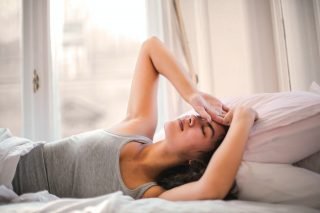
Photo by Andrea Piacquadio from Pexels
The best way to manage migraines is to see your doctor. They may suggest OTC (over the counter) medication such as Tylenol. If the pain is very severe, your doctor will likely prescribe a specialized medication that is designed to treat migraines.
However, there are things you can do that can work in tandem with your medication:
- Lie down and rest in a darkened, quiet room
- Place a cold compress over the forehead
- Massage the scalp and temples to reduce pain.
References:
https://www.healthline.com/health/migraine#types
https://www.brainandspine.org.uk/information-and-support/what-is-a-neurological-problem/
https://www.medicinenet.com/premenstrual_syndrome/article.htm
https://www.hormone.org/your-health-and-hormones/glands-and-hormones-a-to-z/hormones/serotonin


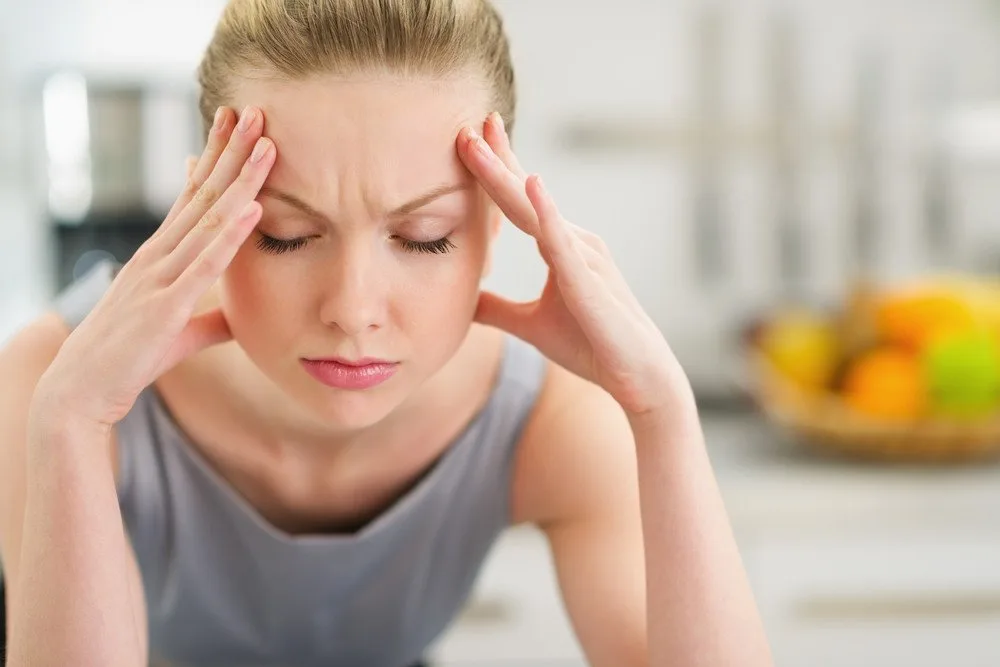
![women [longevity live]](https://longevitylive.com/wp-content/uploads/2020/01/photo-of-women-walking-down-the-street-1116984-100x100.jpg)





